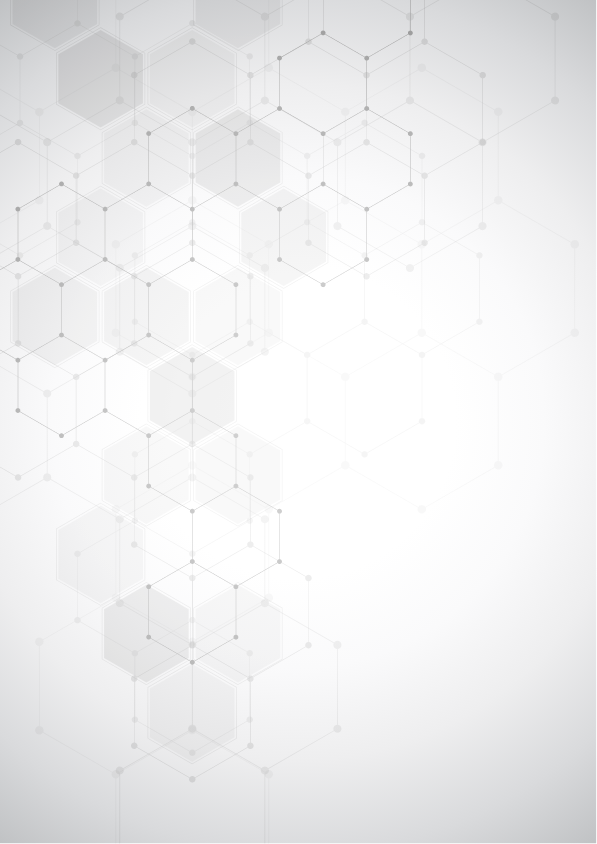Department of Family Medicine, Faculty of Medicine Foča, University of East Sarajevo , Lukavica , Bosnia and Herzegovina
Health Center Pale, University of East Sarajevo , Lukavica , Bosnia and Herzegovina
Health Center Foča, University of East Sarajevo , Lukavica , Bosnia and Herzegovina
Faculty of Medicine Foča, University of East Sarajevo , Lukavica , Bosnia and Herzegovina
Health Insurance Fund of the Republic of Srpska, University of East Sarajevo , Lukavica , Bosnia and Herzegovina
Introduction. The Delphi technique is a procedure where a panel of experts distributes questionnaires and collects back information for the purpose of coming to a group consensus on a specified topic. The aim of the study was to examine the effectiveness of the Delphi technique in determining educational needs of family physicians and nurses. Methods. The first group of participants included 12 doctors and 24 nurses, employed at the Health Center Foča. The second group of participants included 17 doctors and 31 nurses, employed at the Health Center Pale. In the research the Delphi technique with three iterative questionnaires was used. Results. The doctors and nurses in both groups came to consensus about the topics, methodology and lecturers. In both groups, the case survey and practical demonstrations had the greatest mean value while only 13% of the participants indicated the traditional didactic methods. At the Health Center Pale they did not come to consensus about the kind of supervision. At the Health Center Foča they did not come to consensus about the method of evaluation. Conclusion. The Delphi technique is a flexible and quick method of investigation which can be used for analyzing educational needs. This technique becomes more valid and effective in as much as the group of experts are able to follow and analyze the information until they come to a consensus. Continuing education for doctors and nurses should be based on problem-oriented learning instead of the traditional didactic method.
Authors retain copyright. This work is licensed under a Creative Commons Attribution 4.0 International License. 

The statements, opinions and data contained in the journal are solely those of the individual authors and contributors and not of the publisher and the editor(s). We stay neutral with regard to jurisdictional claims in published maps and institutional affiliations.